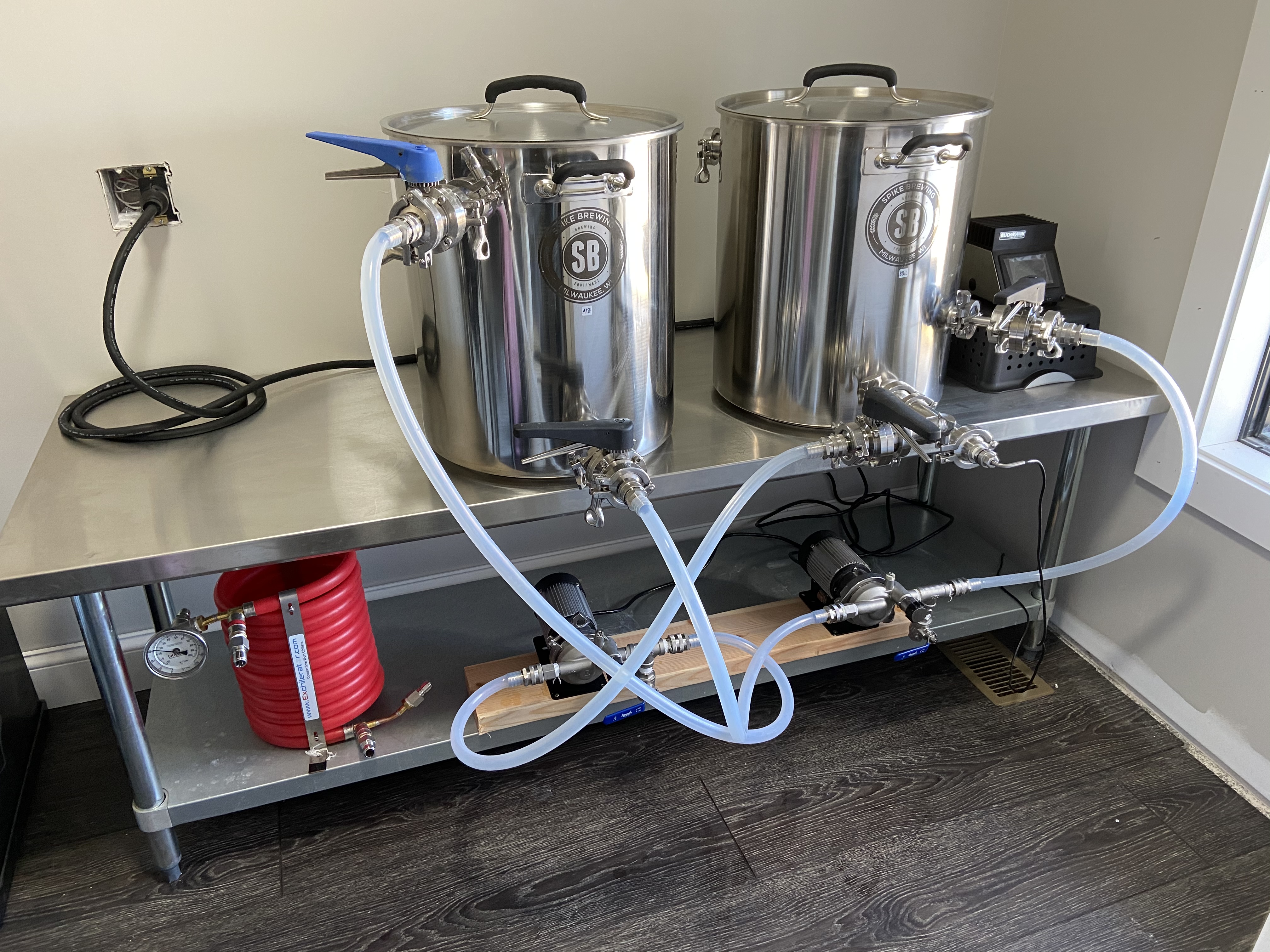ewrzesinski
Well-Known Member
Yes - all good points indeed. The Colorado system utilizes a hard sided SS basket with a mesh bottom. My pump is recirculating constantly during the Mash. At the conclusion of the Mash (I do 75 min as a standard, you simply raise the basket via the hoist and let it drain. I will also push down on the grain to make sure all of the liquid drains out, but I do not sparge. I haven't found it necessary to sparge as I run efficiencies in the mid 70s. My brew day is now much simpler and I have less setup and cleanup than before and can sit back and relax and drink beer most of the day. The controller keeps my Mash within +/- 1° for the entire Mash and the boil is very easy to control. If I prepare ahead of time, I can be done in 4 hours too. I love my eBIAB system and wouldn't think about going back to 3 vessel. I am also brewing better, more consistent beer due to the increased temp control I have now during the Mash.





















































![Craft A Brew - Safale BE-256 Yeast - Fermentis - Belgian Ale Dry Yeast - For Belgian & Strong Ales - Ingredients for Home Brewing - Beer Making Supplies - [3 Pack]](https://m.media-amazon.com/images/I/51bcKEwQmWL._SL500_.jpg)





